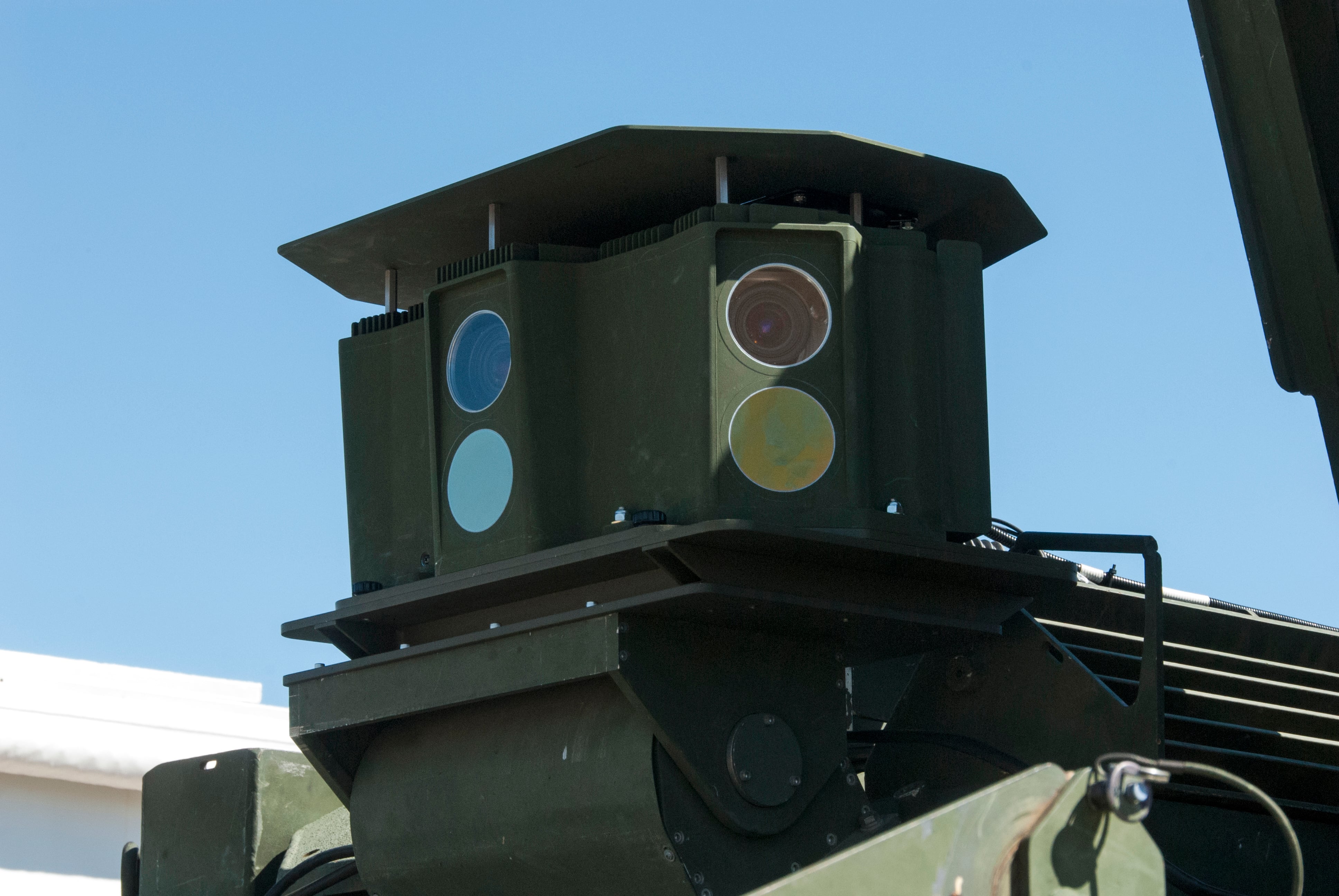Sensors promise to play a big part in the Army’s next-generation combat vehicle. And while the next tank isn’t expected to enter service until the 2030s, service leaders are actively developing a range of detection capabilities that will give the vehicle heightened situational awareness.
Changes are need to make combat vehicles not just more effective, but safer. “Right now, the commander and the driver have their heads out of the hatch, using their own human senses,” said Gene Klager, deputy director for the Ground Combat Systems Division in the Night Vision and Electronic Sensors Directorate of the U.S. Army‘s Communications-Electronics Research, Development and Engineering Center.
“Soldiers are vulnerable to snipers and IEDs, and there are challenges with being able see all around the vehicle,” Klager added.
The next-gen vehicle will bring to the table improved 360-degree situational awareness and hostile fire-detection tools, along with other enhancements.
A mix of infrared and visible-light cameras will likely come into play to give soldiers a full view of their environment. Developers now are working to determine just how many cameras would feed in information to provide a complete picture without overwhelming the operator with too much data.
“The primary challenge is to find the least number of cameras that you can position around the vehicle that have the resolution you need,” Klager said. “You want enough resolution to be able to see clearly, but more resolution means a narrower field of view, and that requires more cameras. That’s the trade-off.”
Rough estimate: Four to six cameras would give full coverage with enough resolution to detect a man at 200 meters, but planners are still fine-tuning.
That’s just part of the situational awareness picture. Recognizing opposing forces is a key function, “but that’s just horizontal,” said Chris Ostroski, who directs the combat vehicle prototyping program at the Army’s Tank Automotive Research, Development and Engineering Center. “We also want to be able to go up, to identify things in the aerial battle space, everything from helicopters to small drones.”
The new vehicle likely will have advanced hostile fire-detection systems as well.
The current approach to this uses an infrared camera to detect thermal radiation, but the camera must be cooled to reduce noise. Uncooled cameras now in development use a different detection mechanism and are calibrated to account for small changes, thus producing a high-quality image.
At present, “it may not have the same level performance of a cooled camera, but we are closing the gap, and this makes it much more affordable,” Klager said.
The ideal end product will be a multifunction, uncooled sensor, a device capable of augmenting a range of situational awareness functions. “At some point, you can’t just keep adding sensors on the outside of a vehicle: You’re going to run out of real estate or you are going to [run] right out of money,” Klager said. “So we like this concept of multifunction, one sensor, uncooled, with a variety of capabilities.”
Such a sensor could, for example, watch for hostile fires and also detect the presence of small unmanned aircraft using a different set of algorithms.

Those algorithms will be a key driver in the success of these sensor enhancements. Program managers need to ensure systems can accurately process the large volume of data delivered by these sophisticated sensors.
“It’s about looking at different things within the imagery. The challenge is in having a high probability of detection with low false alarms,” Klager said. “You could have an algorithm to detect everything, but it would tend to detect things that you don’t want to detect.”
When is a flash a gunshot, and when is it just a sun glint off of a window? Is that a bird or a UAV? “You need algorithms to be able discriminate certain types of signals,” Klager said. “The false alarms have to be low. That is a key criterion for success.”
The next-gen vehicle also will have some degree of autonomy, or intelligence. It won’t be self-driving, but it will be smart enough to help the driver execute the mission.
“We envision some kind of aided driving capability: for example, if you had some a priori data that would allow you to plot a better route,” Ostroski said. “We don’t want to line up our combat vehicles in a convoy, but we do want them to be able to aid in the driving.”






